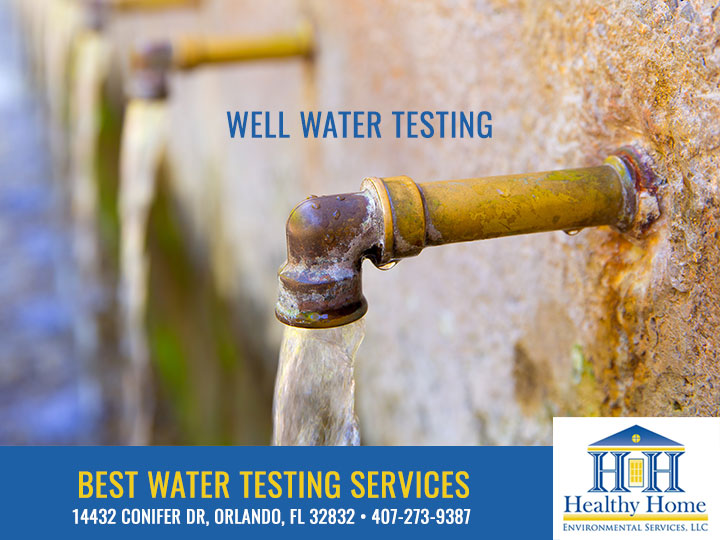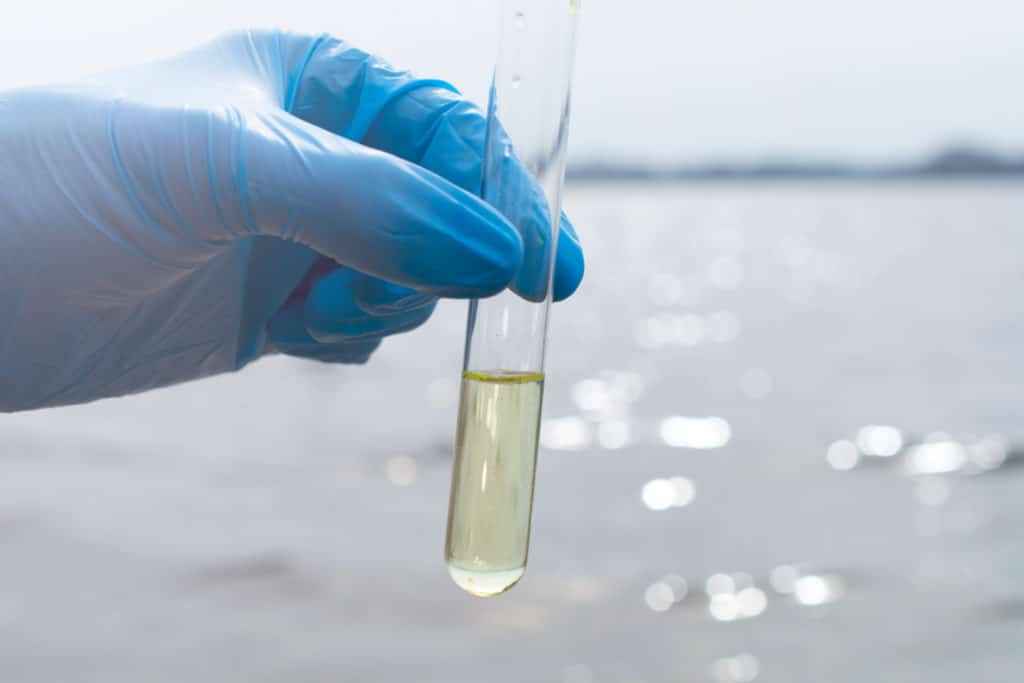Discover Trusted Water Testing Services Near Me for Clean Consuming Alcohol Water
Discover Trusted Water Testing Services Near Me for Clean Consuming Alcohol Water
Blog Article
Understand the Importance of Water Screening in Preserving Compliance With Health And Wellness Criteria
In the world of public wellness, understanding the relevance of water testing is vital for preserving conformity with rigid wellness requirements established forth by authoritative bodies like the WHO and EPA. What are the specific methods used in water testing, and exactly how do they make certain that our most vital source stays unpolluted?
Key Wellness Requirements for Water
Guaranteeing the security and high quality of drinking water is paramount, as it directly impacts public health and wellness. Rigorous wellness requirements are established to guard individuals from waterborne conditions and impurities that can lead to damaging wellness impacts. The Globe Health Organization (THAT) and nationwide firms like the Environmental Security Company (EPA) in the United States established standards and regulative limitations for numerous physical, chemical, and organic criteria in alcohol consumption water.
These standards are based on extensive clinical research and are occasionally evaluated to integrate technical improvements and brand-new searchings for. Key criteria consist of microbial pollutants such as infections and microorganisms, chemical toxins like lead and arsenic, and physical qualities such as turbidity and pH levels. Conformity with these criteria makes certain that water is free from unsafe materials and is visually pleasing to the customer.
Water screening plays a crucial duty in validating compliance with these health criteria. Regular tracking and screening assistance recognize possible problems before they present a significant health danger, enabling timely treatment and remediation. By following these criteria, water carriers can preserve public self-confidence in the safety and security of the area's water supply, consequently securing public health efficiently.
Usual Contaminants Found
When examining water top quality, what are the most common pollutants that often tend to be discovered? Microbial virus, consisting of germs like Escherichia protozoans and coli such as Giardia and Cryptosporidium, are frequently discovered in water resources, posing substantial wellness threats if consumed.
Chemical contaminants are additionally a main issue. Nitrates, commonly arising from farming plant foods, can cause significant wellness concerns, particularly in babies. Heavy steels such as mercury, lead, and arsenic, normally introduced via commercial release or all-natural natural resource, can have long-term harmful effects. Volatile natural compounds (VOCs) and chemicals, results of industrial tasks and farming practices, further add to water contamination.
Not natural substances such as fluoride and chlorine, although sometimes purposefully included in water for health benefits, can come to be troublesome at raised levels. Last but not least, arising impurities, including drugs and personal care items, are increasingly being identified, raising problems about their prospective influence on human wellness and communities. Addressing these contaminants is necessary for guarding public health and wellness and guaranteeing water high quality conformity.
Methods of Water Screening
Water testing's precision is crucial for making certain and identifying contaminants safety and security conformity. One widespread technique is spectrophotometry, which gauges the absorption of light by chemical compounds in the water, therefore determining aspects like nitrates and phosphates.
Chromatography is another sophisticated method made use of, particularly for organic pollutants. By dividing blends into private parts, it enables for detailed analysis of intricate pollutants. Gas chromatography and liquid chromatography are frequently utilized versions, each fit for various click substance kinds.
Microbiological testing is necessary for spotting virus such as bacteria, infections, and protozoa. Techniques such as membrane layer filtration and multiple-tube fermentation are utilized to society and identify microbial presence. These approaches are essential in guarding public wellness by ensuring microbial safety and security.

Advantages of Normal Screening
Recognizing the various techniques of water screening highlights the need of normal testing techniques to maintain water quality. Routine water testing acts as a proactive step to recognize possible contaminants before they escalate into significant health threats. By consistently checking water top quality, organizations can find toxins such as bacteria, heavy steels, and chemical residues early, enabling prompt interventions that stop carcinogen and expensive removal initiatives.

Furthermore, normal testing makes certain that water supply adhere to well-known wellness criteria and laws. This compliance is critical for avoiding legal penalties and preserving the count on of consumers and stakeholders. Consistent water top quality assessments aid determine patterns or changes in water make-up, providing valuable data that can direct functional decisions and source monitoring strategies.
In industries such as community water food, supply, and health care handling, preserving high water quality requirements is integral to safeguarding public health and wellness. On the whole, the benefits of routine water testing extend beyond compliance, enhancing functional efficiency, public security, and ecological stewardship.
Tips to Make Sure Compliance
To guarantee conformity with water quality laws, organizations need to execute a structured strategy incorporating both preventive and rehabilitative procedures. Originally, a thorough risk evaluation must be performed to recognize possible contamination resources and vulnerabilities within the water system. This assessment educates the advancement of a tailored water management plan that details specific evaluating Homepage procedures, frequency, and criteria called for to meet regulative requirements.
Subsequent to the planning stage, companies must establish a routine for routine water screening that sticks to both regional and national guidelines. Utilizing certified labs ensures the precision and reliability of test outcomes. Any inconsistencies from acceptable water top quality criteria have to motivate immediate rehabilitative actions, such as system cleansing, repairs, or adjustments in treatment processes.
Moreover, keeping in-depth records of all testing tasks, outcomes, and rehabilitative actions is crucial for demonstrating conformity throughout audits and assessments. Regular training and updates for team associated with water monitoring processes are crucial to ensure they understand current guidelines and best techniques.
Conclusion
Routine water screening is important for maintaining conformity with health and wellness requirements established by organizations such as WHO and EPA. By determining pollutants like microbial pathogens, heavy steels, and chemicals, testing guarantees that drinking water continues to be secure. Aggressive surveillance secures public wellness, supports regulative compliance, and fosters self-confidence in water top quality monitoring. Furthermore, regular testing advertises ecological sustainability and safeguards areas, protecting important water sources for future generations. Compliance with these requirements is critical for the wellness of culture.
In the realm of public wellness, comprehending the relevance of water testing is important for preserving compliance with strict wellness standards established forth by reliable bodies like the That and EPA. By adhering to these requirements, water carriers can preserve public confidence in the security of the neighborhood's water supply, thereby guarding public health successfully.

In fields such as metropolitan water medical care, food, and supply processing, maintaining high water high quality criteria is important to protecting public wellness.
Report this page